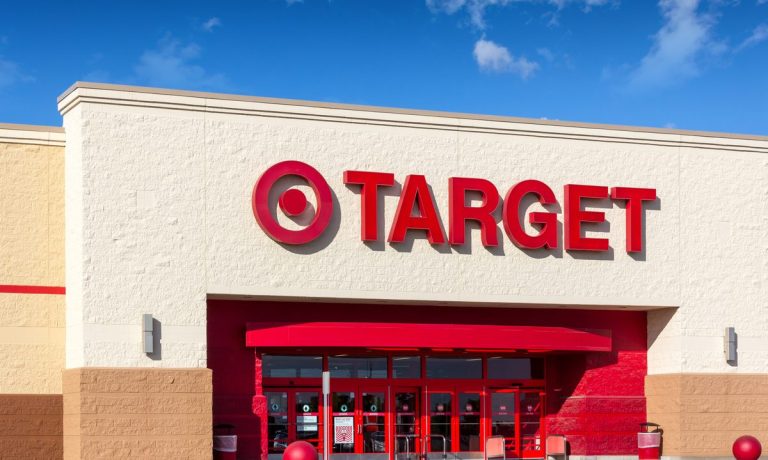
As Target looks to drive sales in the face of consumers’ inflation concerns, the retailer is turning its focus to its own brands.
The company announced Tuesday (June 14) the launch of private-label Casa Cantina ready-to-drink (RTD) cocktails, noting their availability in stores and via the retailer’s same-day eCommerce channels.
“We know our guests are increasingly looking for convenient adult beverage offerings,” said Target Executive Vice President and Chief Food and Beverage Officer Rick Gomez in a statement.
Target has been leveraging its beer, wine and spirits offerings to boost digital sales. In May 2021, the brand announced that these items were being offered for curbside or in-store pickup at more than 1,200 Target stores across the United States and for same-day delivery via Shipt at over 600 retail locations. Additionally, the retailer said there was a 450% surge in digital orders in the adult beverage category in 2020.
Read more: Target Offering Delivery, Curbside Pickup for Alcohol at 1,200 Stores
The news also comes as, in the face of inflation, major food and beverage retailers have been seeing a shift away from national brands toward lower-priced, private-label offerings.
On a call with analysts last month, discussing the retailer’s first quarter 2022 earnings results, Target Executive Vice President and Chief Financial Officer Michael Fiddelke noted this shift, highlighting the “strength of the own brands in food and beverage.”
See more: Target Transforms Stores to Meet eGrocery Demand
He added that this shift works in the retailer’s favor because it is “also good for margin.” As such, by expanding to new private-label categories, Target is leaning into the categories that both appeal to its customers and boost the profitability of sales within those categories.
Walmart, the world’s largest grocery retailer, has noted the same shift.
On a call with analysts in mid-May discussing the company’s first-quarter earnings results, Walmart Executive Vice President and Chief Financial Officer Brett Biggs noted that inflationary concerns are resulting in “an increase in grocery private brand penetration,” with consumers choosing lower price points over trusted brands.
Read more: Walmart Sees Shift to Private-Label Groceries Amid Rapid Food Inflation
Indeed, the data support this trend across grocery retailers. Research from the May U.S. edition of PYMNTS’ Digital Economy Payments study, “Digital Economy Payments: How Consumers Pay in the Digital World,” showed that consumers’ average spending on their grocery purchases fell between March and April even as food prices continued to rise, suggesting that consumers were likely making the choice to shift to lower-priced brands or products.
See more: Insufficient Funds Caused 27% of Consumer Payment Declines in April
The Consumer Price Index for All Urban Consumers (CPI-U), reported by the U.S. Bureau of Labor Statistics (BLS) Friday (June 10), showed that food prices were up 10.1% year over year in May, marking an increase 17.1% higher than the price change for all items, 8.6%.
Additionally, grocery prices are inflating even faster than food prices overall. The CPI-U noted that food at home (i.e., grocery) prices grew 11.9% year over year in May, a whopping 38% higher than the overall rate.